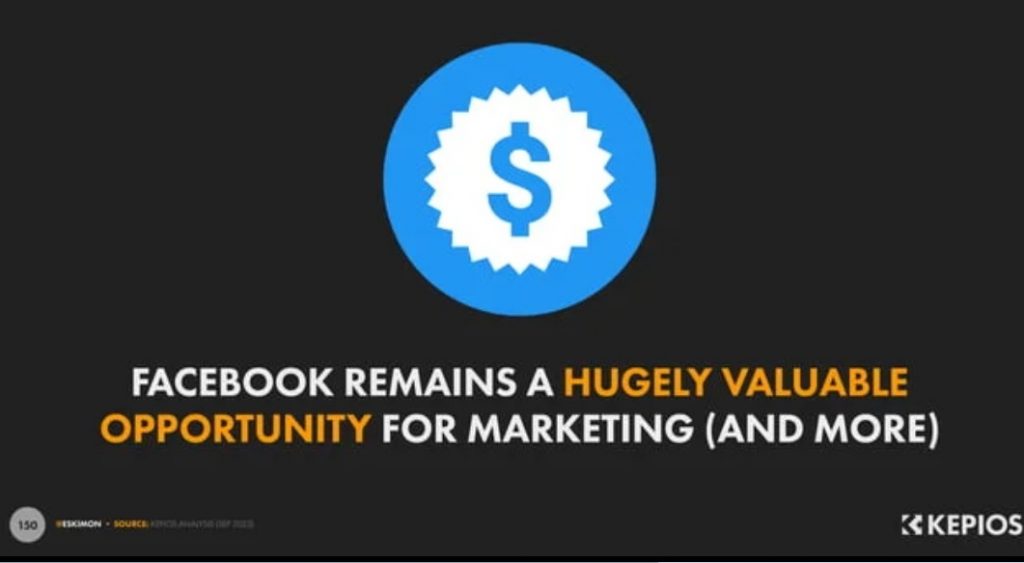It’s that time of the year when organisations have their eyes on the coming year. As a team member of the in-house communications team, you may have already been tasked with creating a comms plan for the new year. Or you are about to embark on that task.
I’ve seen some professionals ask what should their comms plan for 2023 contain and what it shouldn’t. I’m writing this blog post as a response to that question. I also hope that it answers other questions you may have about creating your communications strategy/ plan for the new year.

How to begin…
If you’ve already started to create your plan without doing a review of the current year, you need to stop. As a strategic communications professional, your strategy and plans must be backed by research and insights. Important insights will come from a review of the current year.
Where are we and why are we here?
This is an important question to answer before you start thinking of what the direction should be for 2023.
Where is the business currently – in terms of market share, positioning, profitability, etc.?
What was achieved in the business and in the comms team?
What worked and what didn’t?
Go back to the strategic goals your organisations set for 2022, how many of them were achieved? What role did comms play in this? For the goals not achieved, what happened?
Of course, I don’t expect you to be able to answer all these questions by yourself. Speak to your senior leaders, executives and those in the organisation who will be able to give you the answers you need.
Doing this will help you to see the gaps and opportunity areas. You will also discover the dependencies that need to be worked on to ensure your comms activities are a success next year. For example, if your organisation suffered from bad customer service and this has not been resolved, it will continue to affect the impact of your comms activities.

What is the future predicted to look like?
Now that you’ve done the thorough review for the organisation, you need to look ahead. What are the projected trends and predictions for 2023. Don’t create a comms plan that does not take into account the economic, social and global changes currently happening in the world.
You need to consider this question on several levels:
- What are the global economic trends?
- What are the trends for your particular industry?
- What are the trends for communications in the coming year?
I’ll use some examples to show you why doing this is important.
In this report by Bernard Marr, he highlights the five biggest business trends to be aware of in 2023. Some points that are particularly insightful for communications professional are:
- Inflation and supply chain security. If your business is B2C or even B2B, this has an impact on purchasing power and the ability of your organisation to produce at a competitive price. Now you may be saying, “Adedoyin, what does this have to do with my comms plan?” It has a lot to with it. Imagine that your industry is currently saturated and there are notable substitutes available for the consumer to choose from which in turn makes their switching costs low (think Porter’s Five Forces). What this means is that you need to do a lot to get them to continue to choose your organisation’s product. While the strategists in the organisation will have to figure out what pricing strategy to use, you must begin to think of how to build loyalty and sustained relevance in the mind of the consumer. Because at the end of the day, if your organisation is losing money because of low sales, it will affect you one way or the other. I hope you see the importance now.
- Another point mentioned in the report was the increased emphasis on sustainability. This is a direct quote from the report…”investors and consumers prefer businesses with the right environmental and social credentials, and buying trends are increasingly being driven by conscious consumers – those among us who prioritize factors such as ecological impact and sustainability when choosing who to buy from or do business with.” With the world now living in the reality of climate change, you need to think strategically about sustainability and how it features not only in your comms plan but your organisation’s business strategy. Yes, you have little or no say about the business strategy but you can bring it to the notice of the decision makers as something that now has a big impact on reputation.
Let’s consider another resource. This is an article that outlines the top 5 PR trends for 2023. What is particularly interesting to note in this article are the following:
- Personalised content for stakeholders. If you’ve been sending generic newsletters to all your stakeholders for example, this is a time to rethink that strategy. How can you make your content more relevant to your stakeholders and tailored to their needs? This requires more listening and paying attention to what’s important to your stakeholders and consumers.
- Authenticity. Since 2020, this has been a recurring theme but not all organisations are intentional about this. People want to connect with brands that are authentic. They also want to support brands that have similar values. What this means is that your strategy for storytelling may need to change. You’ll need to incorporate a more authentic voice to your content and focus on “mission- and value-based storytelling for all brands.”

I’ll stop the examples here but these are some other reports/ articles that you should definitely read through:
- Deloitte insights – for global industry insights
- 2023 PR Trends from Jennifer Berson
- Digital Trends for 2023 – This is a MUST READ!
We’re not done with the research!
Don’t worry, this is the last layer – where is your consumer and what’s important to him or her? From reading the global trends, you will see that there are going to be a number of significant global and economic changes in the coming year. What does this mean for your target audience? What are their concerns and fears? What hopes do they have in the coming year.
The goal is to be able to align this with your comms plan so that your messaging and activities truly resonate with your target audience in a way that is personal, authentic and relevant.
There’s a lot more to say here, but I will rest this point with this – take social listening and audience insights very seriously.
Where is the organisation going?
Now that we’re done with all the research and reading, it’s time to sit with your senior leaders and understand the direction the organisation is going. What does the organisation want to achieve in 2023? What is the business strategy? Where does the organisation want to go and how do we plan to get there?
Want to know why this is important? I’ve said it a number of times but I don’t mind saying it again, your comms plan must be aligned with the strategic objectives of your organisation. The strategy and tactics you come up with must contribute to achieving the key organisational objectives for 2023.
Again, if you don’t have access to this information or you are not invited into the rooms where these strategic decisions are taken, find out who has this information and let them know why it’s important for the work that you do.
It’s time to create your strategy
Again, this is a part that is often missed in the communications planning process. Before you determine how many activations your organisations should have or the number of speaking engagements your executives should do per quarter, please be clear on what your communications strategy is.
Without a solid strategy, your comms plan will lack substance. Worse, it won’t achieve the desired results. You can learn more about how to develop a comms strategy here.
Now, you can build your plan and tactics.
You’re now free to determine what tactics you need to use to achieve your strategy. Again, please be very strategic about this.
Do you really need to do a physical event? Does your organisation need to open a new social media account? Is that macro-influencer the best-fit for your brand?
Every tactic needs to be justified and well-thought out. You want your executives to see that you are thinking about the business and the sustained growth of the organisation.
Think long term and think about what will bring the best value. As a reminder, please measure. Every tactic and activity in your plan needs to be measured. 2023 is not the year to implement a comms plan without accurate measurement and evaluation.
A word about your budget
This can be an entire article on its own but I’ll say a few things here. Depending on the size of your organisation and how well the organisation performed this year, you may be working with a reduced figure earmarked for communications.
When creating your budget, ensure you prioritise the tactics and channels that are essential to achieving the business objectives. That means you need to be clear on what each tactic is meant to achieve and how much it will cost. You also need to allocate your budget based on the channels that will yield the best results. Because Tik-tok is arguably the biggest social media platform does not mean it is the best channel for your organisation. That’s why the research we did at the beginning is important.
The last point I will make here is to ensure that you do not neglect your owned channels – your website, newsletter etc. They are a great way to sustain authentic communication with your audience and stakeholders.
I hope you’ve found this helpful and I hope you’ll use this information to create a great comms strategy and plan.
As always, if you have any questions, don’t hesitate to let me know!




One Response